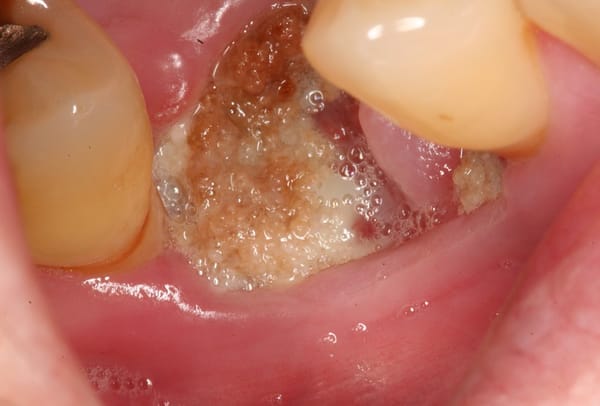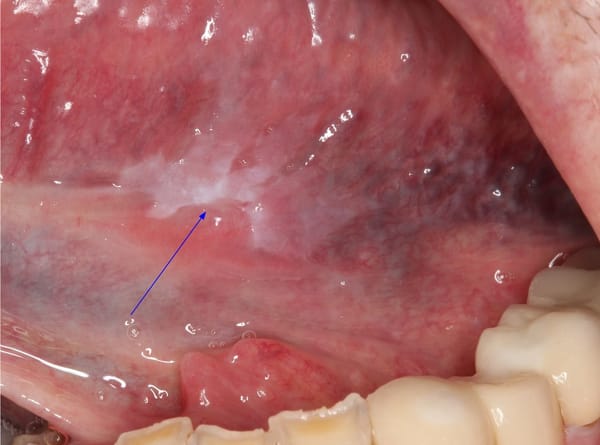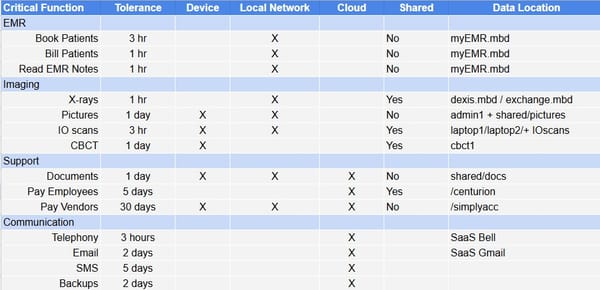Deep Dive: The Impact of Smoking on Long-Term Success of Dental Implants

One question I’m frequently asked by patients is, “What are the chances my implant will fail?” It’s an understandable concern—implants are a significant investment in both time and resources, and patients want reassurance that their implant will last.
While preparing a recent lecture on implant success and risk factors, I revisited two important systematic reviews by Moraschini et al. These studies provided a clear, evidence-based understanding of the factors that influence implant longevity and the rates of failure. One risk factor stood out unequivocally: smoking.
This discussion synthesizes recent findings on implant survival rates, focusing on the effects of smoking on implant longevity, and uses current data to quantify the increased risk posed to patients who smoke.
Long-Term Success Rates: The Baseline Survival Data
In 2015, Moraschini et al. published a systematic review titled Evaluation of Survival and Success Rates of Dental Implants Reported in Longitudinal Studies with a Follow-up Period of at Least 10 Years, analyzing studies with follow-ups extending beyond a decade. This review included data from both smokers and non-smokers and reported a mean survival rate of 94.6% over a mean follow-up period of 13.4 years. For patients who do not engage in high-risk behaviors, including smoking, only about 5.4% of implants failed over ten years or more, a favorable long-term outcome that underscores the reliability of implants in general.
The Impact of Smoking on Implant Survival
In a subsequent 2016 meta-analysis, Moraschini et al. explored the effects of smoking in greater depth with their study titled Success of Dental Implants in Smokers and Non-Smokers: A Systematic Review and Meta-Analysis. This study demonstrated that smokers face a significantly higher implant failure risk, with an odds ratio (OR) of 1.96 compared to non-smokers. This OR indicates that smokers are nearly twice as likely to experience implant failure.
Moreover, this meta-analysis revealed that the risk of implant failure in smokers increases after two years of function and continues beyond five years. This finding is clinically relevant, as it underscores that smoking-related risks extend well into the post-operative period, necessitating long-term vigilance.
Mechanisms by Which Smoking Affects Implant Outcomes
The pathophysiology of smoking-induced implant failure involves multiple interrelated mechanisms, all detrimental to peri-implant health and osseointegration:
- Compromised Healing and Osseointegration: Nicotine-induced vasoconstriction reduces blood flow, which is critical during the initial osseointegration phase. Restricted vascularization impairs nutrient and oxygen delivery to the implant site, hindering proper healing and compromising the stability of the implant within the bone.
- Increased Risk of Peri-Implantitis: Smoking negatively impacts immune function, heightening the risk of infections, particularly peri-implantitis. This inflammatory condition can lead to progressive bone loss around the implant, ultimately resulting in implant failure if not aggressively managed.
- Decreased Bone Quality: Tobacco has been shown to adversely affect bone density and quality, compromising the structural support for implants. This is particularly concerning in cases where bone quality is already a limiting factor.
- Altered Oral Microbiome: Smoking shifts the oral microbiota towards a pathogenic profile, increasing the prevalence of bacterial species associated with peri-implant disease.
Clinical Implications: Calculating Adjusted Failure Rates for Smokers
The odds ratio of 1.96 from Moraschini et al. (2016) allows us to quantitatively assess the increased risk for smokers:
- Baseline Failure Rate in Non-Smokers: 5.4%
- Adjusted Failure Rate in Smokers: 5.4%×1.96=10.6%
Thus, the adjusted failure rate for smokers is approximately 10.6%, nearly double the rate observed in non-smokers. These numbers should inform treatment planning and post-operative management for patients who smoke, as well as the content of discussions during informed consent.
Timeline of Failure in Smokers
The findings from Moraschini et al. (2016) indicate that implant failures in smokers tend to increase after two years of function and continue beyond five years. This protracted failure timeline underscores the need for ongoing maintenance and monitoring of implants in smoking patients, even after what might be considered the "early failure" period.
Recommendations for Patient Management
For patients who smoke and are considering implants, presenting this data transparently allows them to make informed choices. Encouraging smoking cessation can have a substantial impact on implant success. The benefits of cessation include:
- Enhanced Healing: Improved vascularization supports osseointegration and soft tissue healing.
- Reduced Inflammatory Risk: Enhanced immune function aids in defending against peri-implantitis and other infections.
- Improved Long-Term Prognosis: Smoking cessation can help align implant success rates more closely with those seen in non-smokers.
Conclusion
Dental implants offer high long-term success rates for non-smokers; however, smoking poses a substantial risk to implant longevity. As supported by the research of Moraschini et al. (2015, 2016), smokers face nearly twice the risk of implant failure, with increased risk persisting over years of function. This data highlights the need for transparent discussions about smoking risks, and for tailored perioperative management strategies in smoking patients.
As clinicians, understanding and effectively communicating these risks enables more precise treatment planning and patient care. By supporting smoking cessation efforts, we can enhance implant success rates and improve outcomes for our patients.




